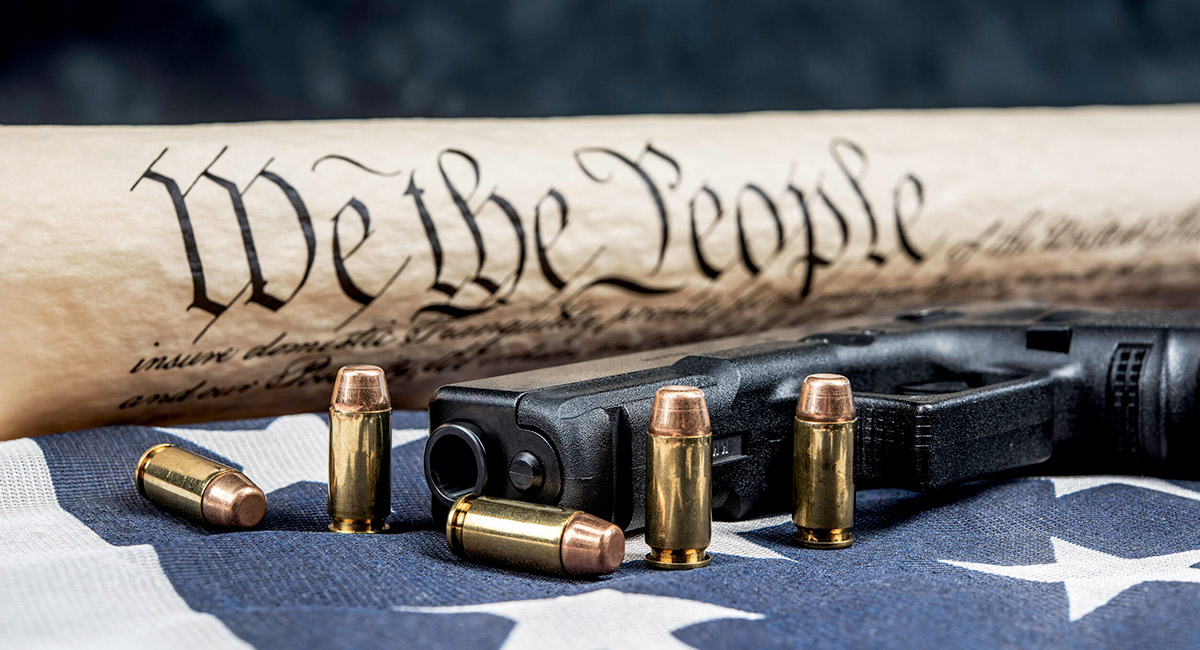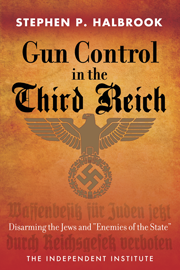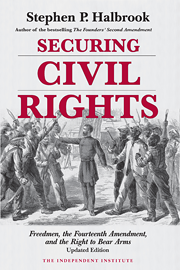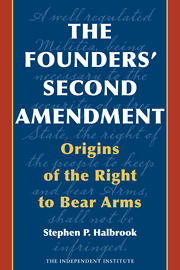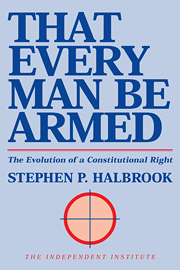The U.S. Supreme Court on November 3 will hear oral arguments in one of the most consequential Second Amendment cases since the Court’s 2008 ruling in District of Columbia v. Heller, which reaffirmed the individual right to possess and use firearms for lawful purposes, such as self-defense within one’s home. The new case, New York State Rifle & Pistol Association, Inc. v. Bruen, will determine whether that same right extends beyond an individual’s residence.
In the first round of arguments on this case, New York state Attorney General Leticia James went totally off the rails, sidestepping the constitutional issues and focusing instead on race. In arguing against the High Court reviewing the case, Ms. James submitted a brief riddled with false narratives presented as facts. As a historian whose research has been cited by the Court in previous Second Amendment decisions, I can assure the attorney general’s team that if they persist in their racial narrative history and the Constitution will argue against them.
By way of background, a number of states require licenses to carry firearms outside the home, but licenses generally are available to all law-abiding citizens. New York, by contrast, is one of six states that not only requires citizens to obtain such licenses but also makes most citizens ineligible to get them.
Like many other New Yorkers, Robert Nash had passed required background checks and possessed a “restricted” license to carry a firearm: but only for hunting and target shooting, not self-defense.
In 2016, Mr. Nash asked the appropriate licensing authorities to remove the self-defense restrictions, citing recent robberies in his neighborhood. He was denied because, in the words of the licensing officer, he “failed to show ‘proper cause’ to carry a firearm in public for the purpose of self-defense, because he did not demonstrate a special need for self-defense that distinguished him from the general public.”
What does New York require to clear that bar? Does an applicant such as Mr. Nash first need to be assaulted, shot at or wounded in order to get permission to carry a firearm for self-defense? This is basically the question before the Court—and it’s an especially important one, given the past year’s spike in violent crime in New York and elsewhere.
Ms. James’s brief asking the Supreme Court to reject the case opened by arguing that applicants for self-protection licenses, like Mr. Nash, must “have an actual and articulable need” for self-protection.
But then she went far beyond that, gratuitously (and incorrectly) decrying the history of the Second Amendment and gun ownership in America as driven by the Southern states to encourage slavery and the repression of Blacks. On page 24 of the State’s brief, for example, New York state argues that the South’s allegedly aggressive gun culture directly ties to its embrace of slavery, while in the rest of the country (presumably more civilized) state legislatures were enacting—and courts were upholding—robust public carry restrictions.
This stands history on its head. In fact, if you look at the period from the American Revolution through the adoption of the Bill of Rights in 1791, the impetus for recognizing the right to bear arms came more from Northern states, where slavery had been abolished or was dying, than from Southern states.
Indeed, Southern states at the time banned Blacks from possessing firearms. Even after the Civil War, the so-called Black Codes that Southern states enacted prohibited African Americans from bearing arms—unless they obtained a license, which local officials had discretion to grant or deny, just like contemporary New York.
As Frederick Douglass explained in 1865, “the Black man has never had the right either to keep or bear arms.” With slavery ending, he said, freed people “must have the cartridge box, the jury box, and the ballot box, to protect them.”
While the Thirteenth Amendment, ending slavery, was ratified in December 1865, it wasn’t until the following year, 1866, that Congress sought to protect the right of all persons, including (and especially) emancipated Blacks, to bear arms by passing the Civil Rights Act and Freedmen’s Bureau Act. The Fourteenth Amendment, passed in 1866 and ratified in 1868, went further, guaranteeing former slaves citizenship, due process, and equal protection of the law, thereby extending protections of the Bill of Rights (including the Second Amendment) to all.
This is some of the history New York attempted to obliterate when it asked the Court to refuse the case.
There’s more, of course. In 1892, the pioneering Black journalist and civil-rights activist Ida B. Wells, one of the founders of the NAACP, wrote that a “Winchester rifle should have a place of honor in every Black home, and it should be used for that protection which the law refuses to give.”
In January 1956, Martin Luther King’s house was bombed. Rev. King said he was receiving threats “continuously” when he sought permission for gun licenses from an Alabama sheriff for himself and two other clergymen helping to protect him and his family. On page 3B of the February 4, 1956 Montgomery Advertiser the headline read, “Negro Leader Fails to Get Pistol Permit.”
Contrary to the fantasy world in which the New York attorney general lives, New York’s discretionary licensing scheme is part and parcel with the Black Codes and Jim Crow regimes of yesteryear. The difference is that, instead of discriminating only against Blacks, it denies almost everyone the right to bear arms for self-protection.

